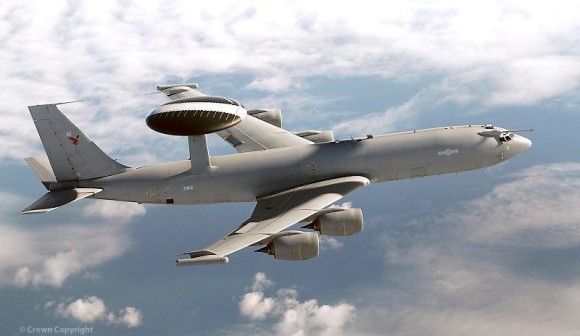Poland Launches Production of the Pilica System. First Deliveries Expected in 2019.
A “Control Group” appointed by the Armament Inspectorate approved and accepted the executive project, concerning the PILICA combined AAA/SAM system (Przeciwlotniczy System Rakietowo-Artyleryjski, PSR-A – literally: Missile-Artillery Anti-Aircraft System). The above means that PGZ is about to initiate manufacturing of the individual subsystems that would become the support assets for the VSHORAD level of the IADS. The deliveries are expected to happen between 2019 and 2022.
The Agreement regarding the PSR-A PILICA solution is being implemented in line with Decision No. 72 made by the Polish Defence Minister. The whole acquisition is taking place on the basos of a procedure of procurement with the product being tailored to the user requirements. When the agreement was being signed, the decision No. 72 remained in force at the Polish MoD. Currently it has been replaced with Decision No. 141/MON.
The procedure described in the paragraph above is designed for carrying out procurement when a ready-made solution conforming with all of the defined requirements is not available on the market. However, there is a possibility that the requirements would be met via integration and modification of the existing systems, in line with the specification defined by the Ordering Party. This is the first ever procurement agreement that follows this path: procurement with tailoring of the product to the user-defined set of requirements.
The next stage of the process during which the implementation of the PILICA deal is taking place is going to be focused on confirmation of the Polish defence industry’s readiness to integrate the complicated armament systems. (...) Considering the configuration selected by the Ordering Party, one of the elements, namely the radar sensor, would be delivered by a foreign entity. Then integration with the system would happen. The aforesaid agreement is worth PLN 750 million.
The process of preparations ascribable to the executive project, as required by the decision, “posed a challenge both for the Ordering Party, as well as for the Contractor”, said Marek Borejko, Director of the Air/Missile Defence Bureau at PGZ S.A. Borejko added that the “document that has been a subject to consultation and development for nearly a year became a tool for the Ordering Party, utilized for the purpose of selection of the final configuration of the system”.
PGZ - PILICA consortium has been brought to life in April 2016, now including the entities of the Polish Armaments Group: PGZ S.A. – acting as the leader of the consortium, tasked with coordinating the works; ZM “Tarnów” S.A. – acting as the main systems integrator; PIT-RADWAR S.A. – acting as the systems radar integrator; PCO S.A. – acting as the supplier of the optoelectronic solutions for the whole system.
According to the agreement signed in November 2016, the Polish Army is to receive six PSR-A PILICA batteries between 2019 and 2022. A single battery is going to include elements as follows: six fire units with artillery tractors; command station; radar; two transport platforms; two ammunition carriers.
Pilica battery consists of six systems (fire units), each of those systems has been fitted with two 23 mm cannons and two Grom/Piorun anti-aircraft missile launchers, allowing the operator to act against airborne targets at distances of up to 5 kilometres, with the use of missiles. The systems have also been fitted with its own optronic sensor, featuring a thermal vision camera, TV camera and a laser rangefinder. Pilica may be used autonomously then, but it is also tailored to become a part of a multi-layered integrated air defence system, in the VSHORAD role.
The system’s purpose is to protect important areas or facilities (e.g. airbases), within the framework of the national air defence system. In the standard mode of operation, the Pilica system is controlled via a wire-communications suite (based on optical fibres, at ranges of up to 5 kilometers) as well as via radio. The radio control is done with the use of a computerized command station, constituting a component of the battery. The station uses the data coming from radars, this also applies to the Soła early warning 3D radar.
According to the information released by the Polish Ministry of Defence, Pilica, within the Polish Armed Forces, is to become a basic air defence system for the air defence branch of the military. The system is to be suitable for defending the air bases, complementing the missile engagement zones of the short and medium range anti-aircraft missiles, at low altitudes. Thanks to the common data-link, the system will also provide data relaying capabilities, when it comes to the information received from other elements of the IADS.



WIDEO: Defence24 Days 2025: Premier Defence & Security Conference in CEE